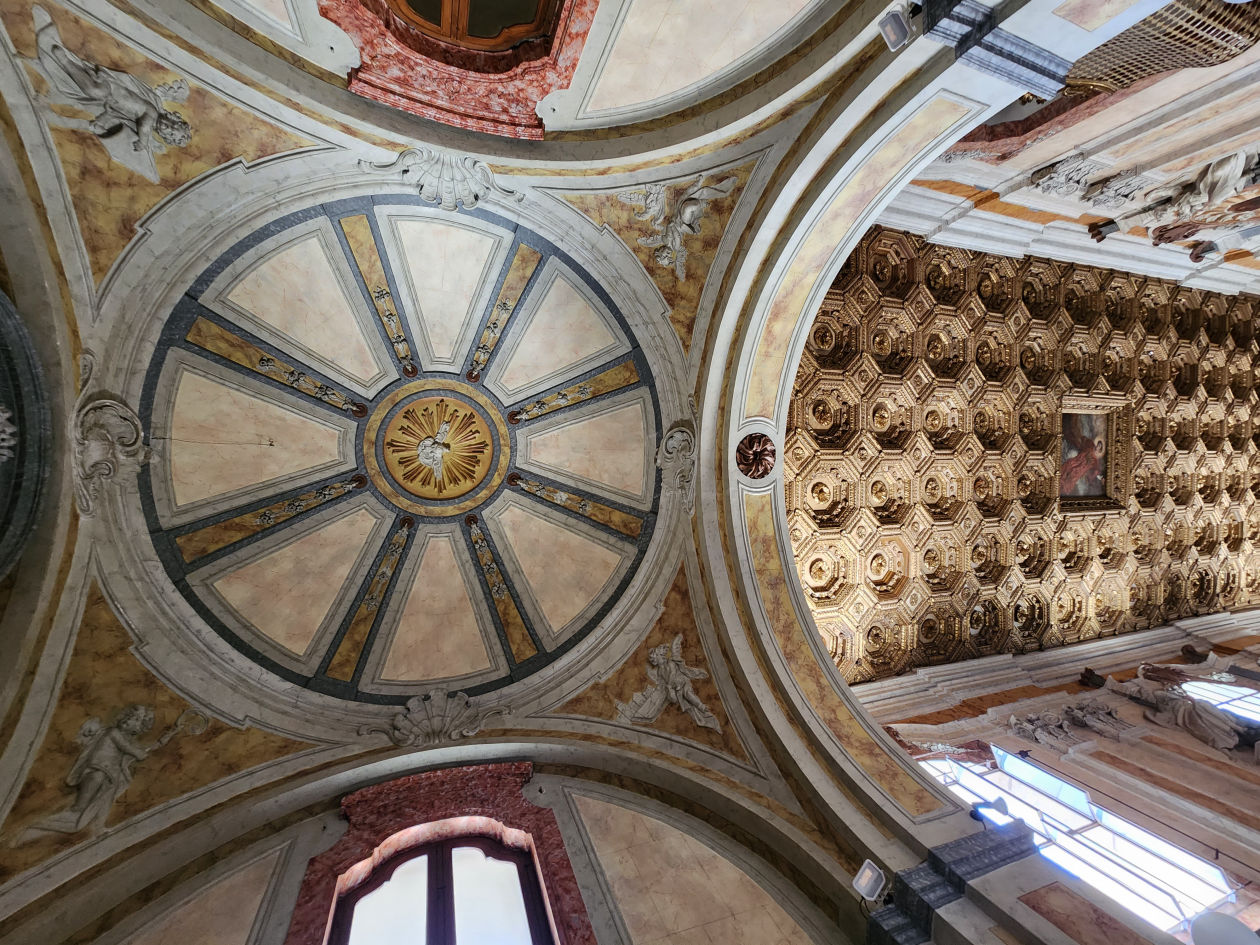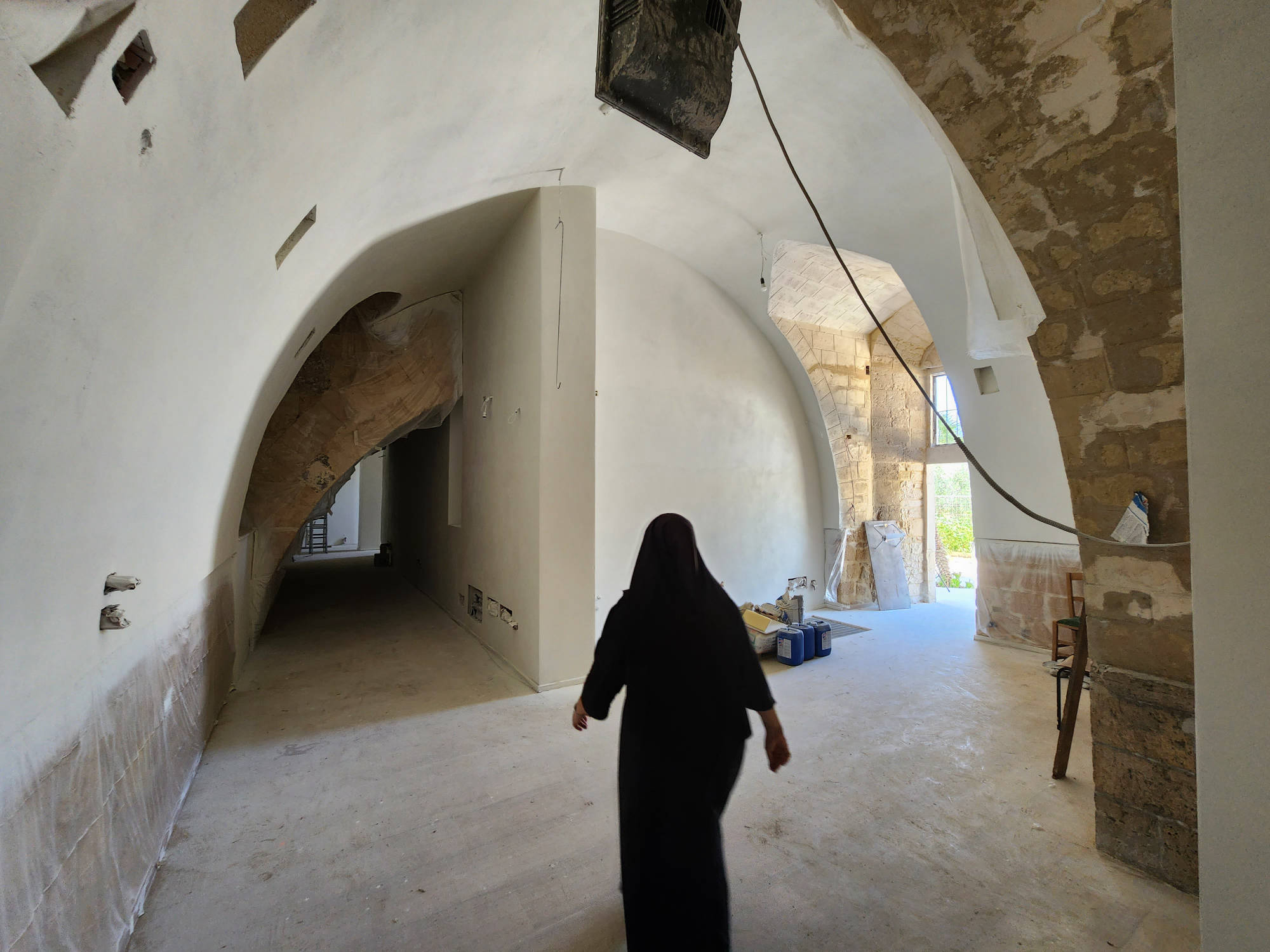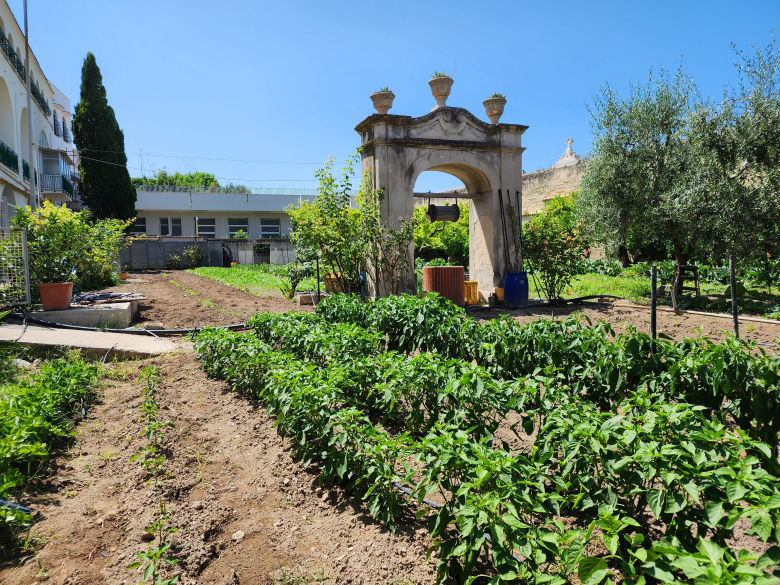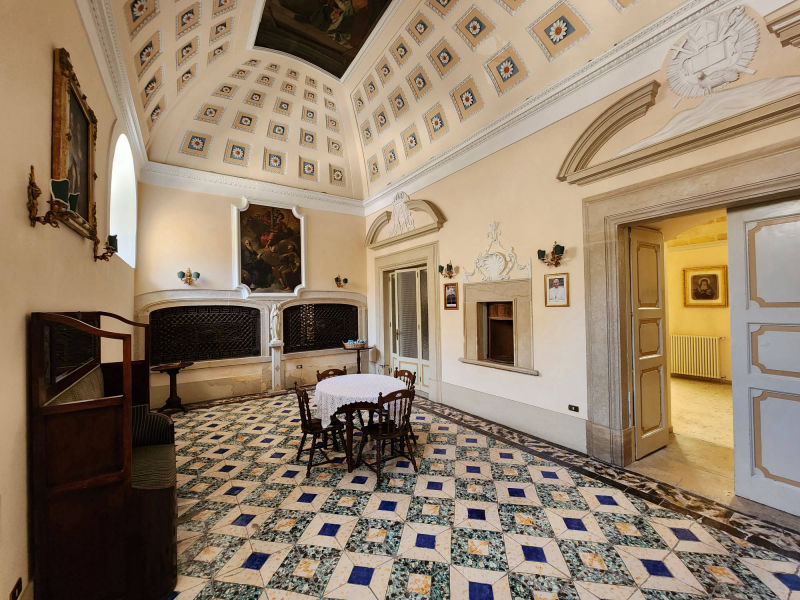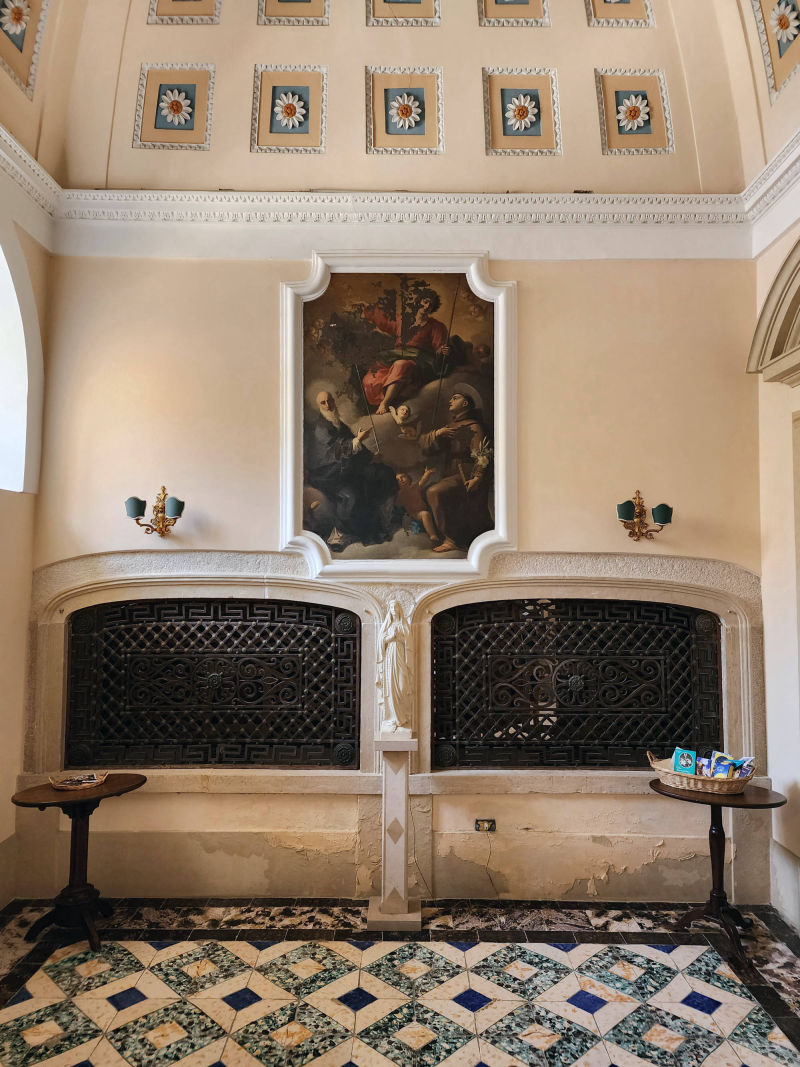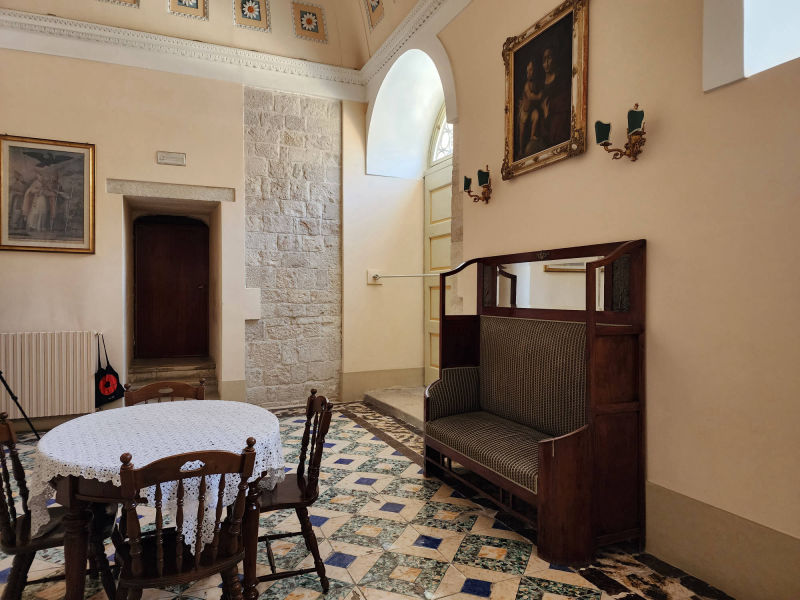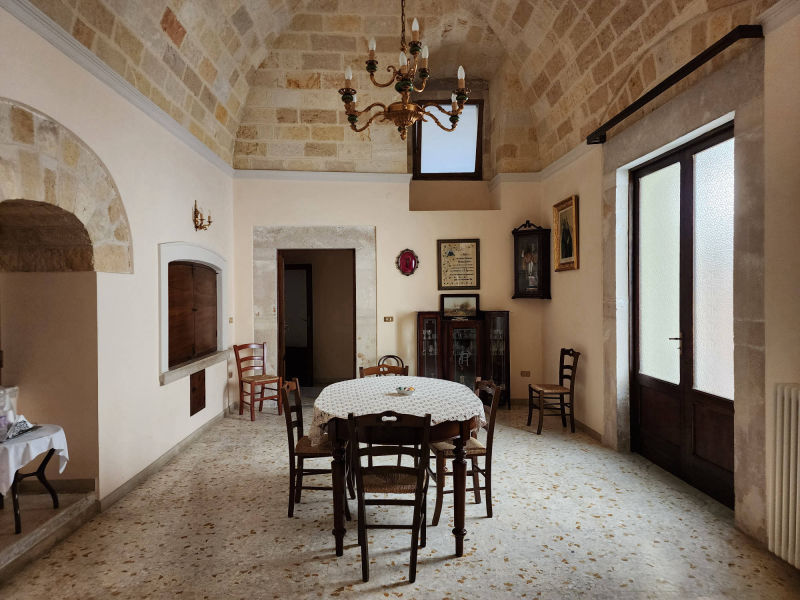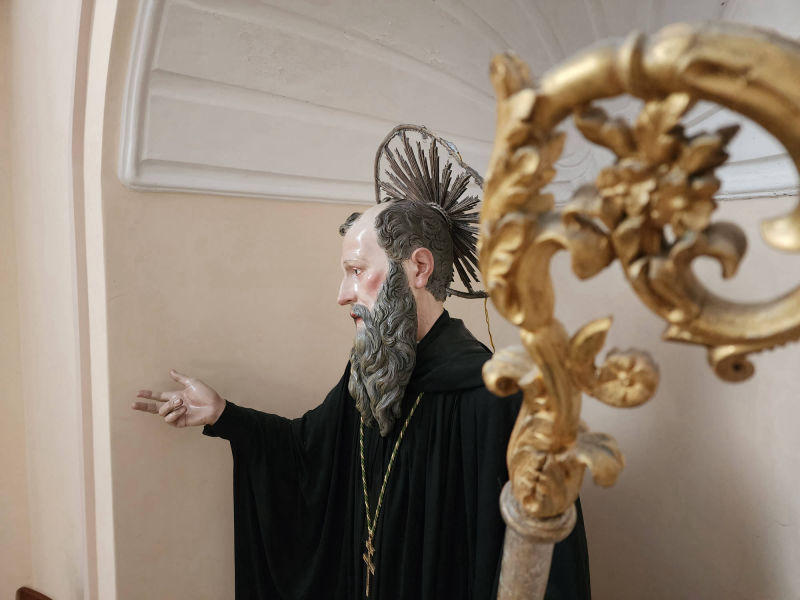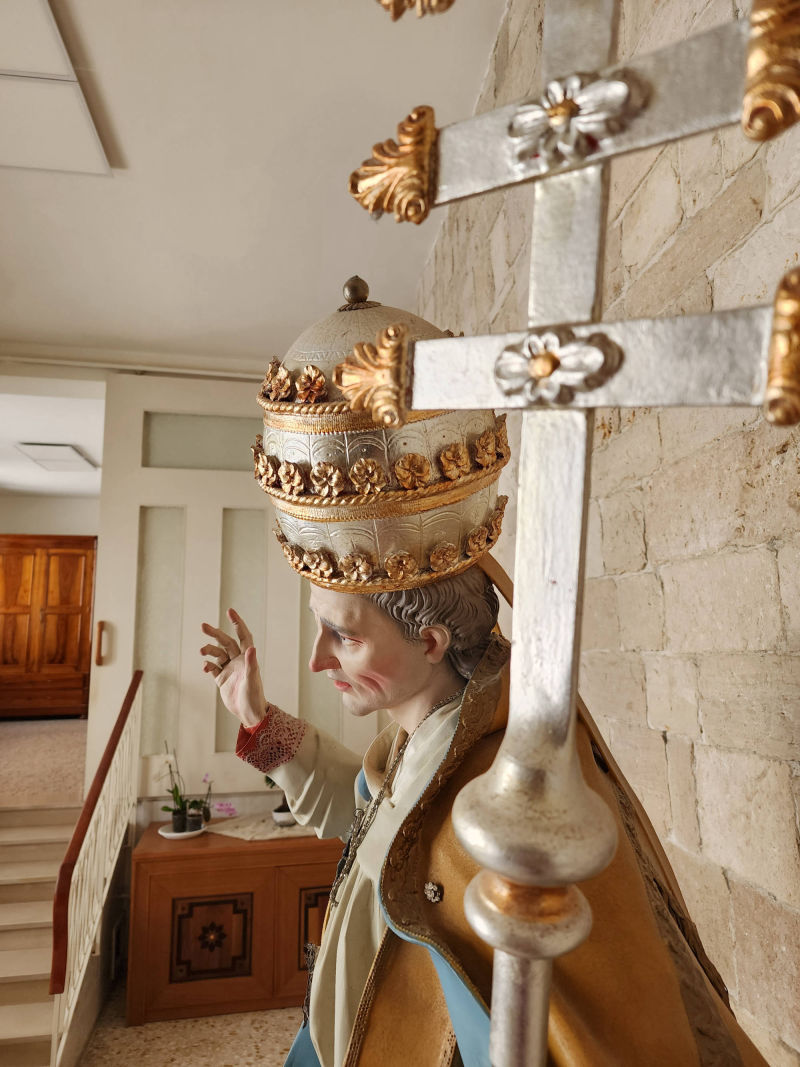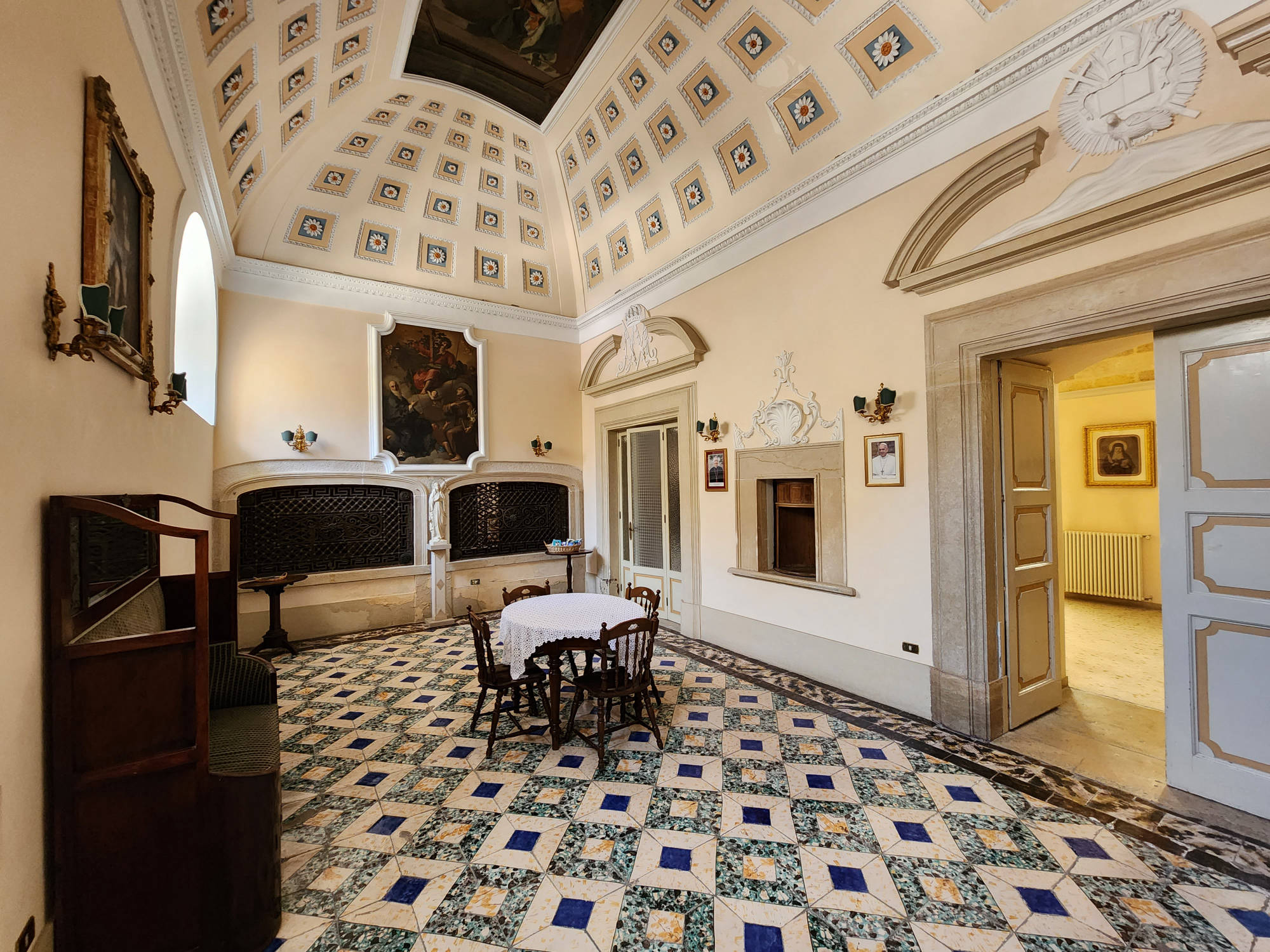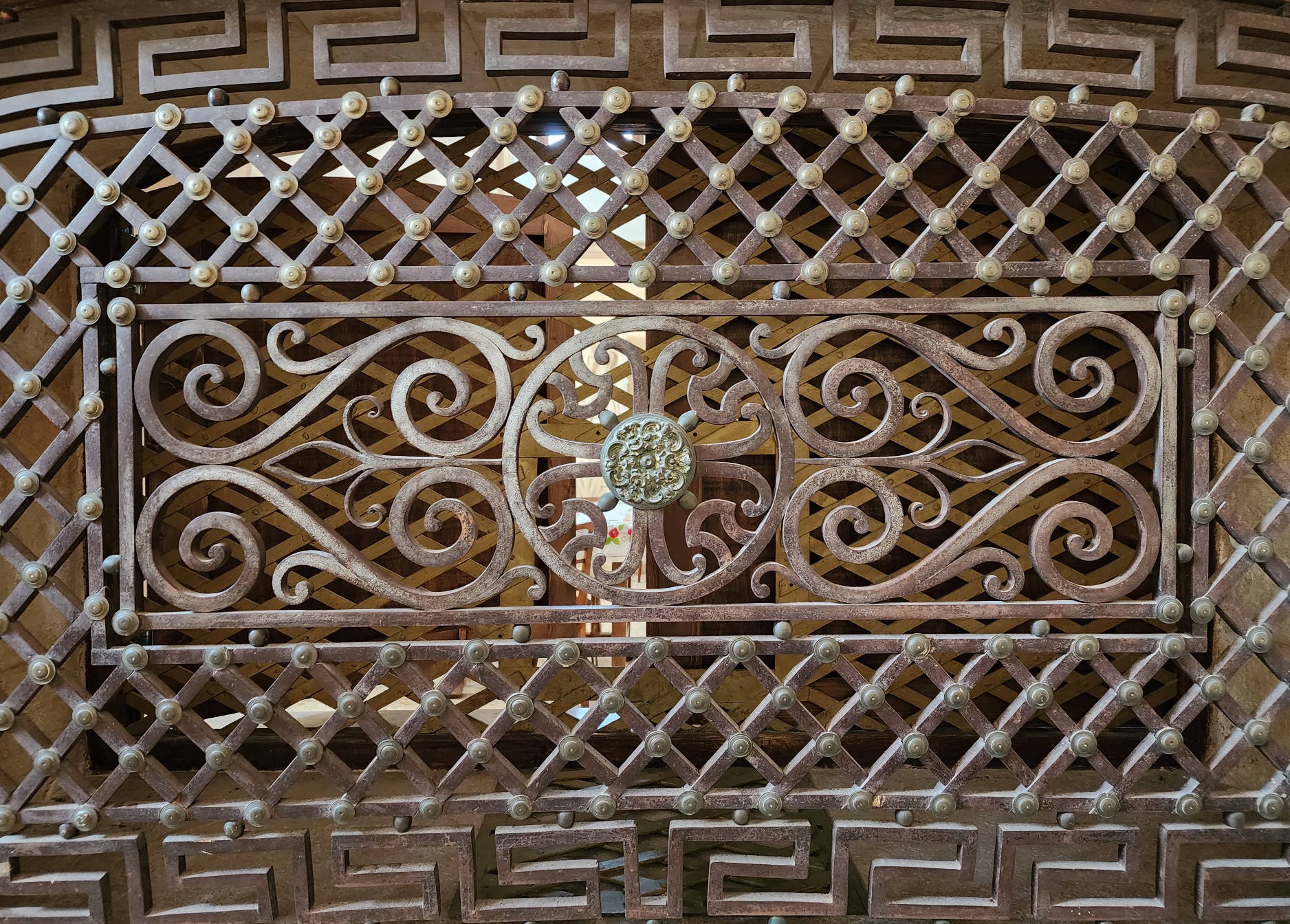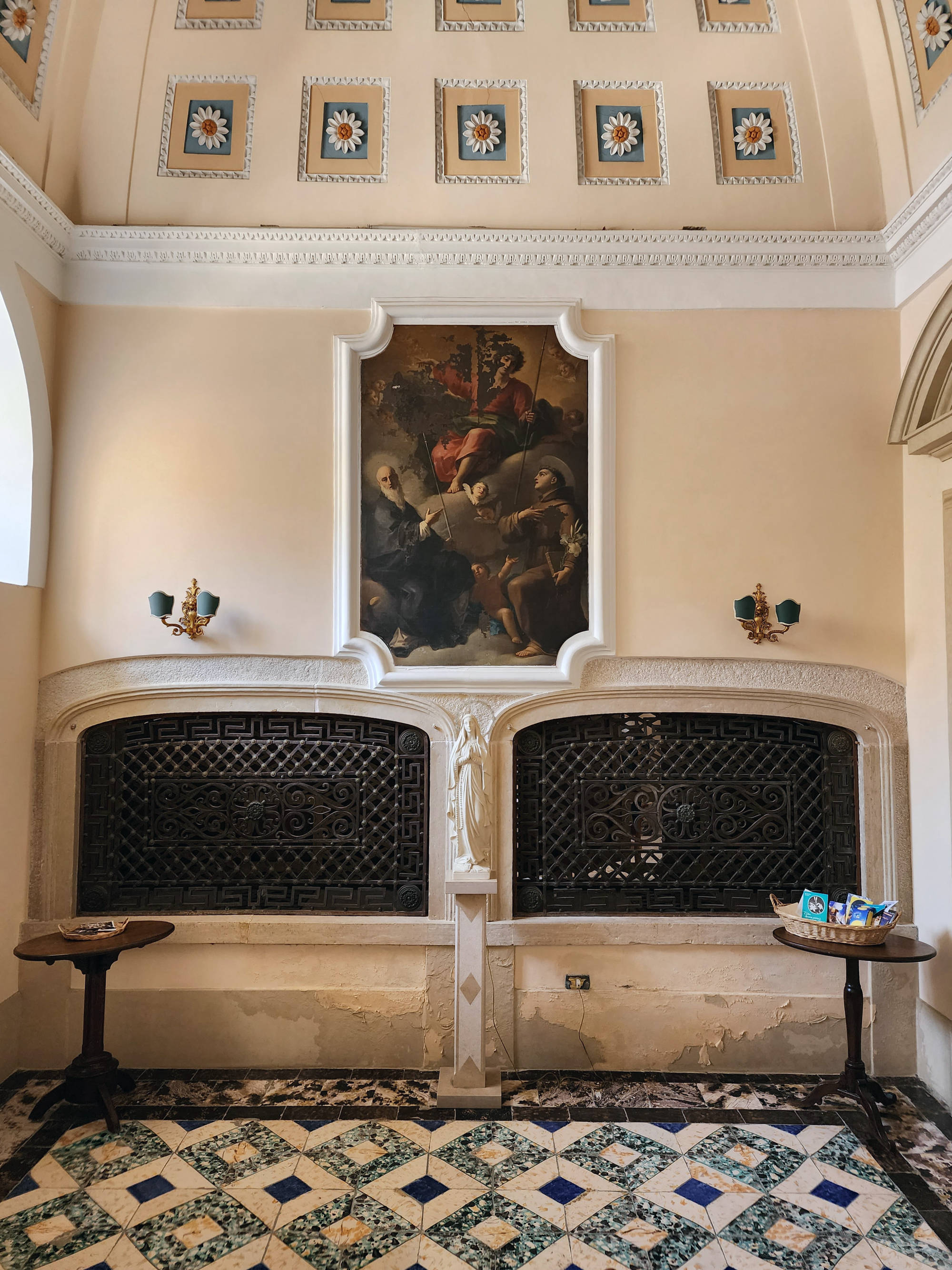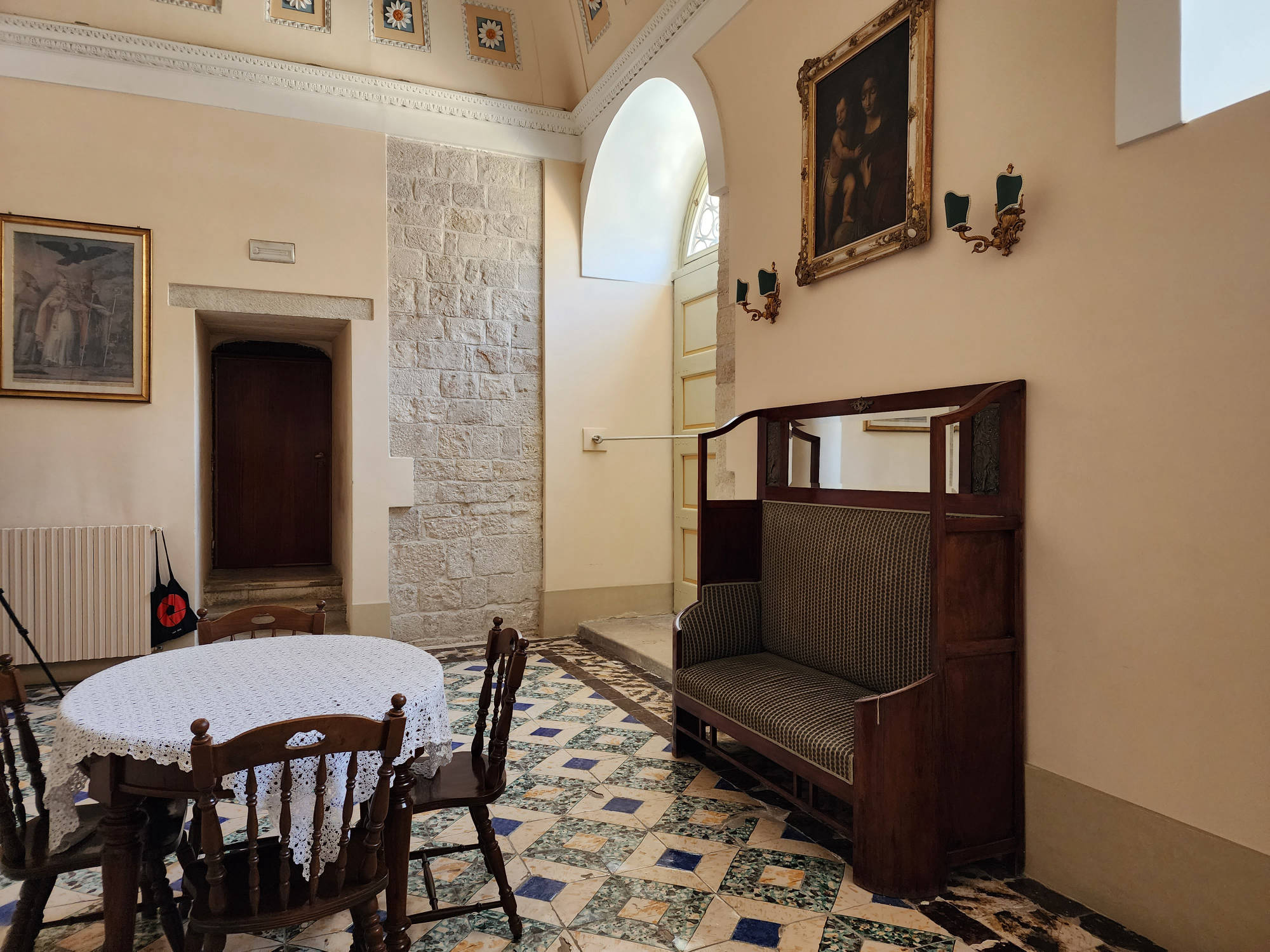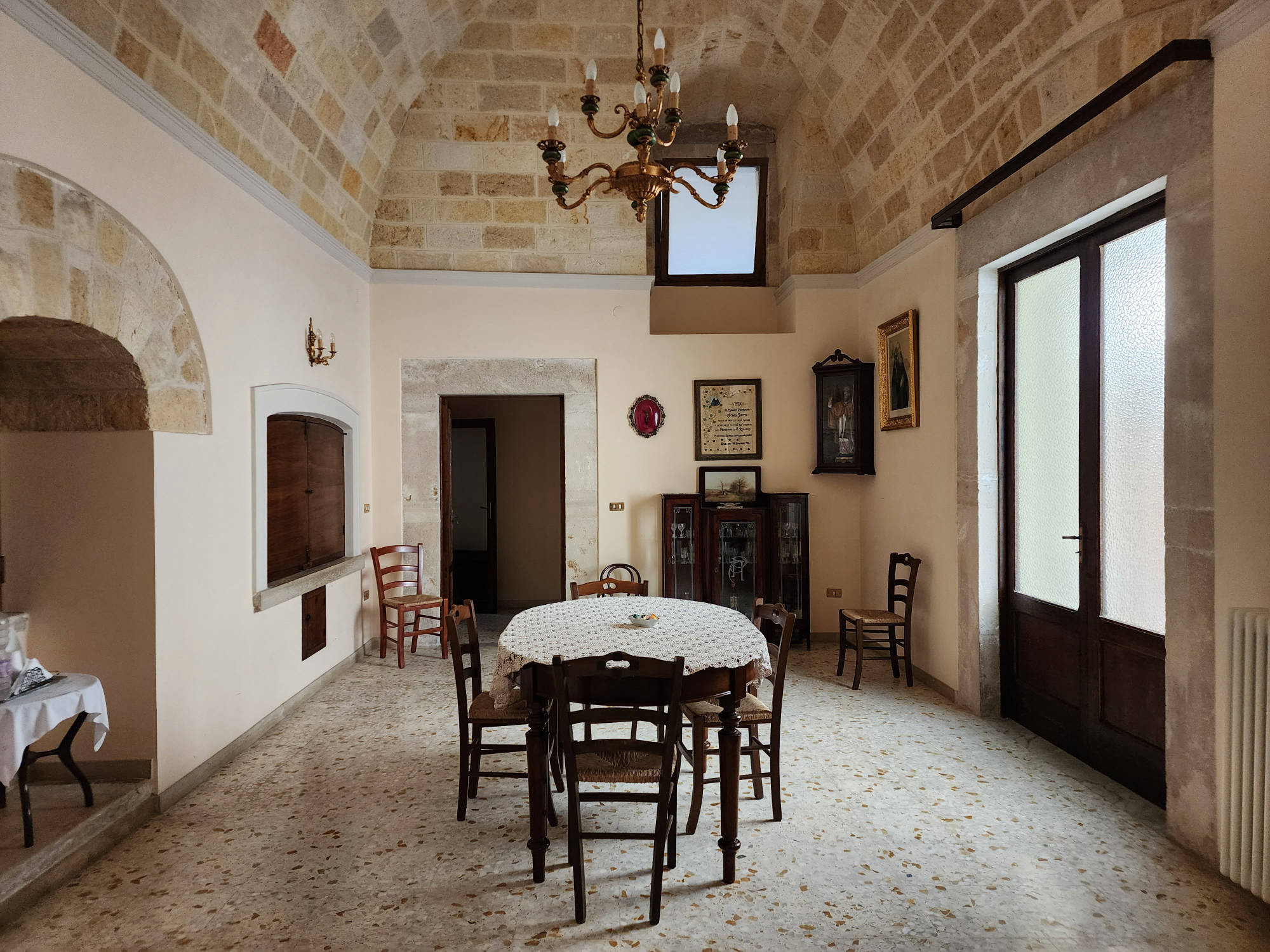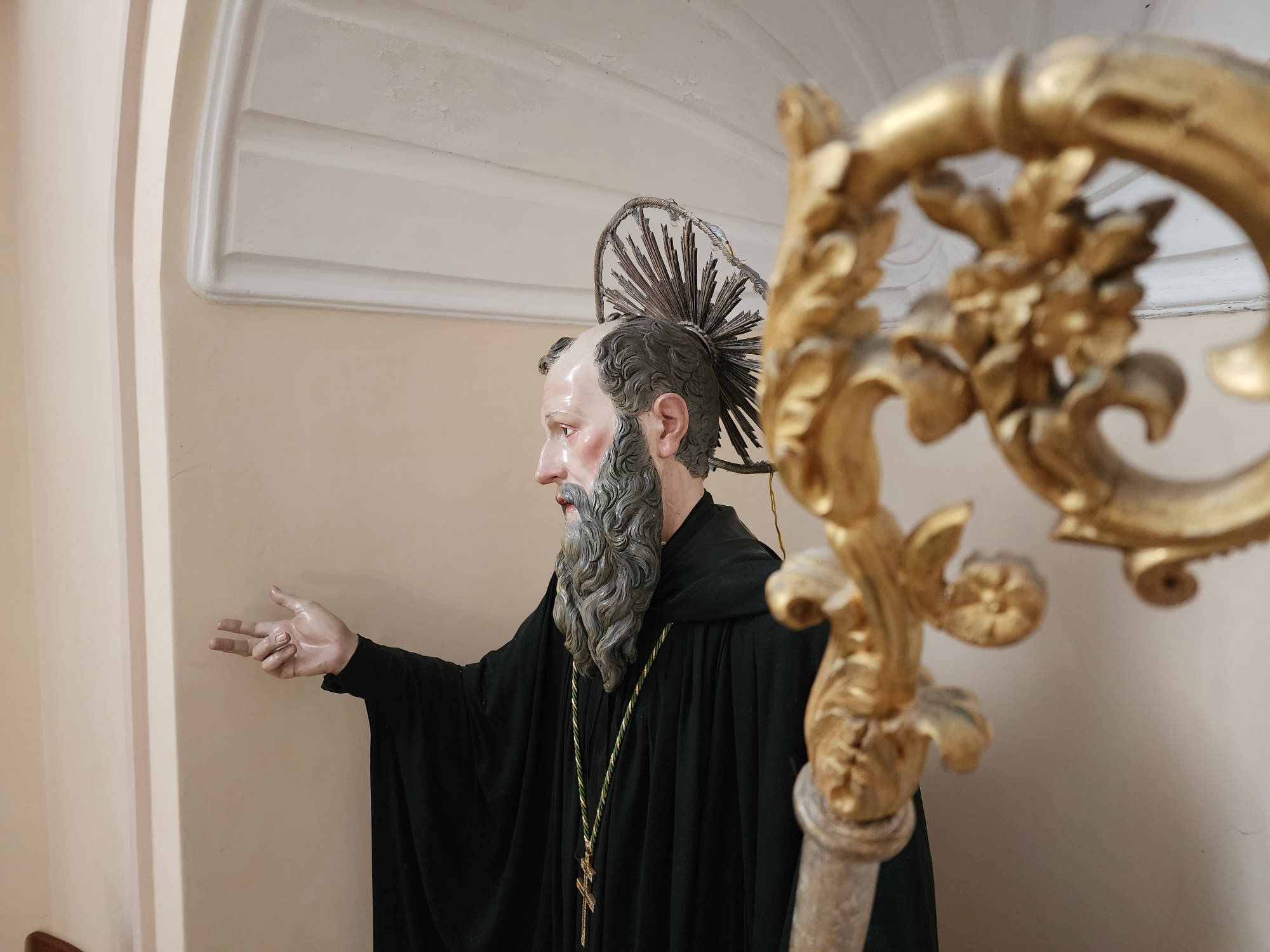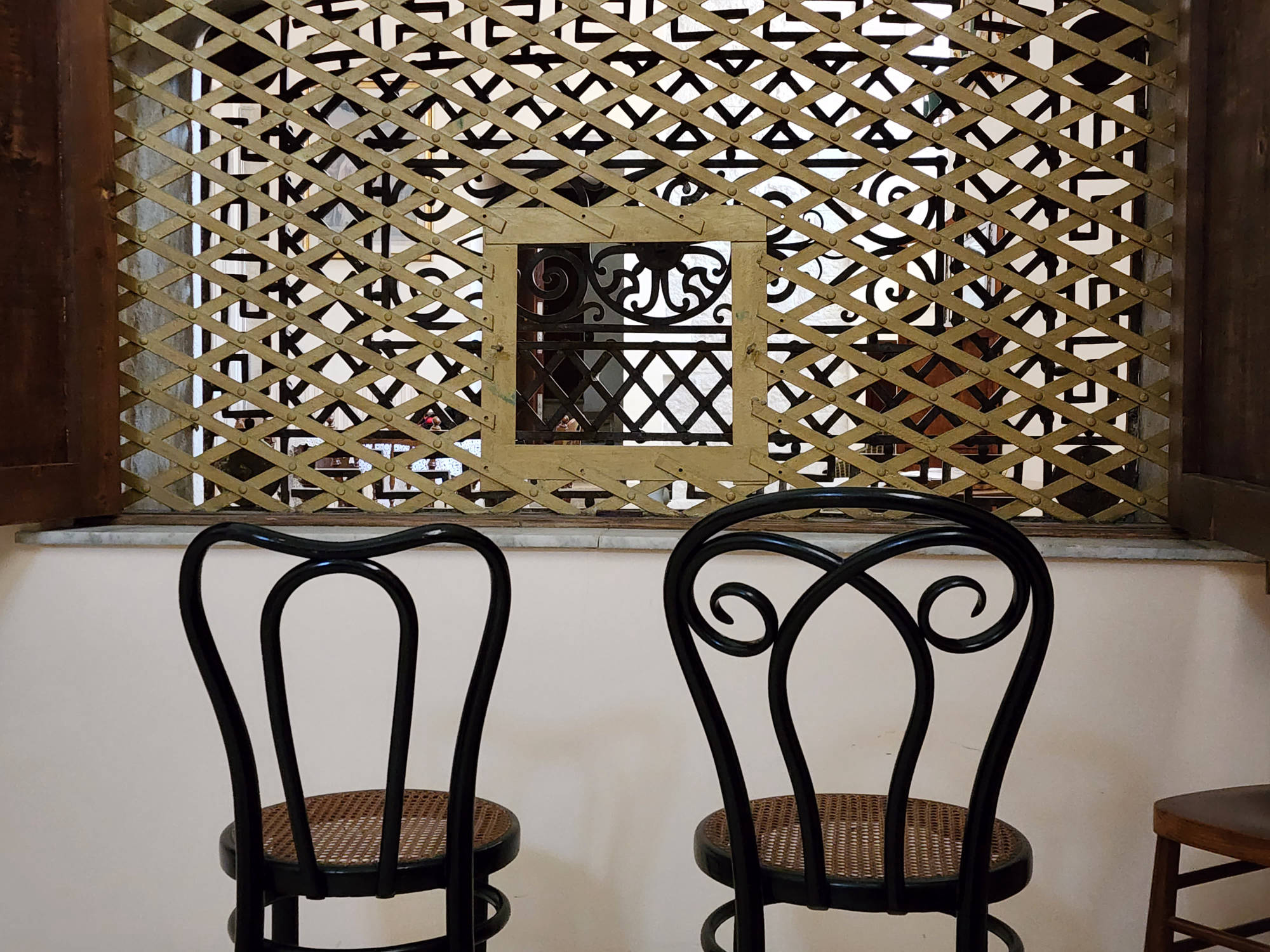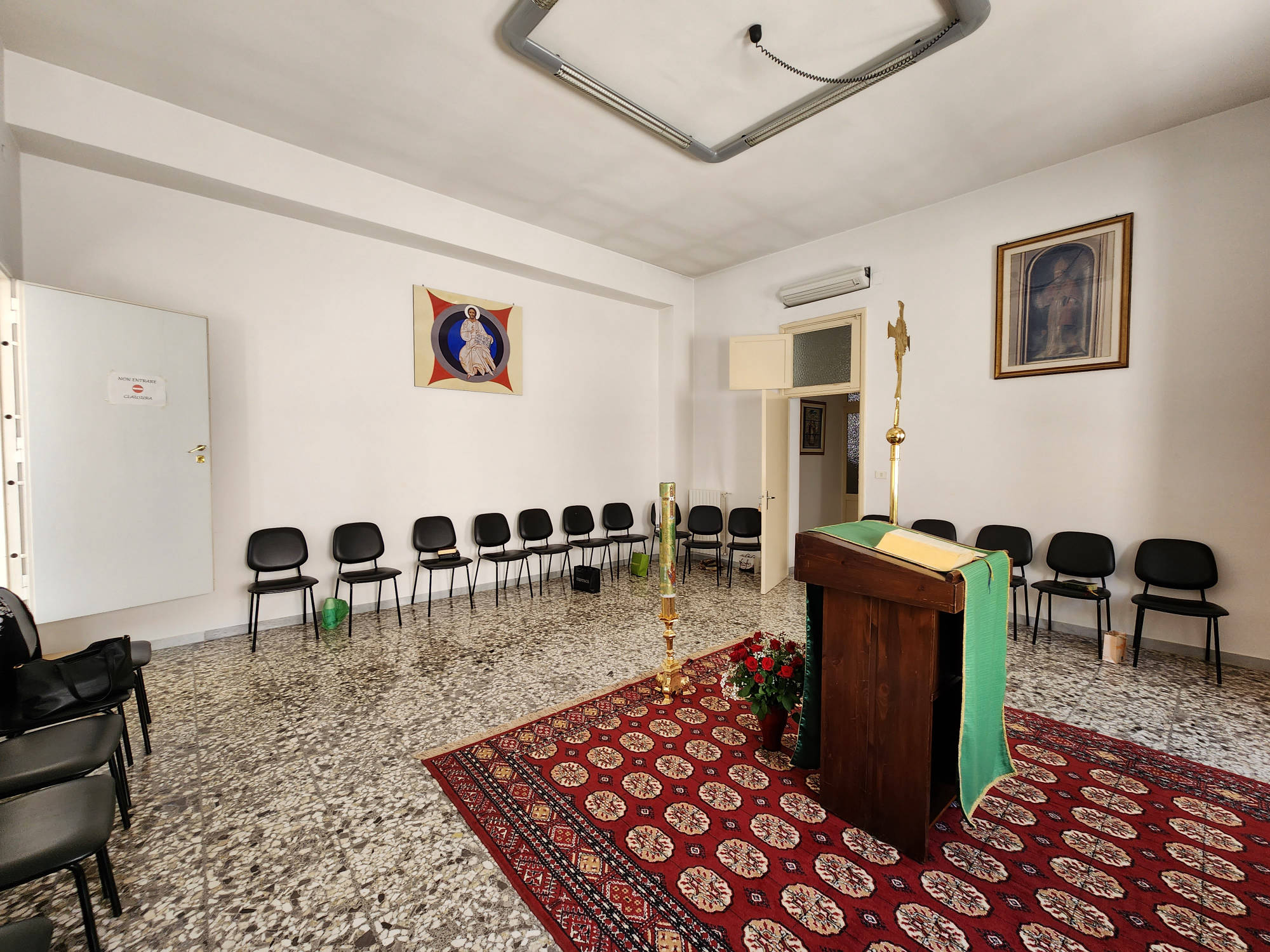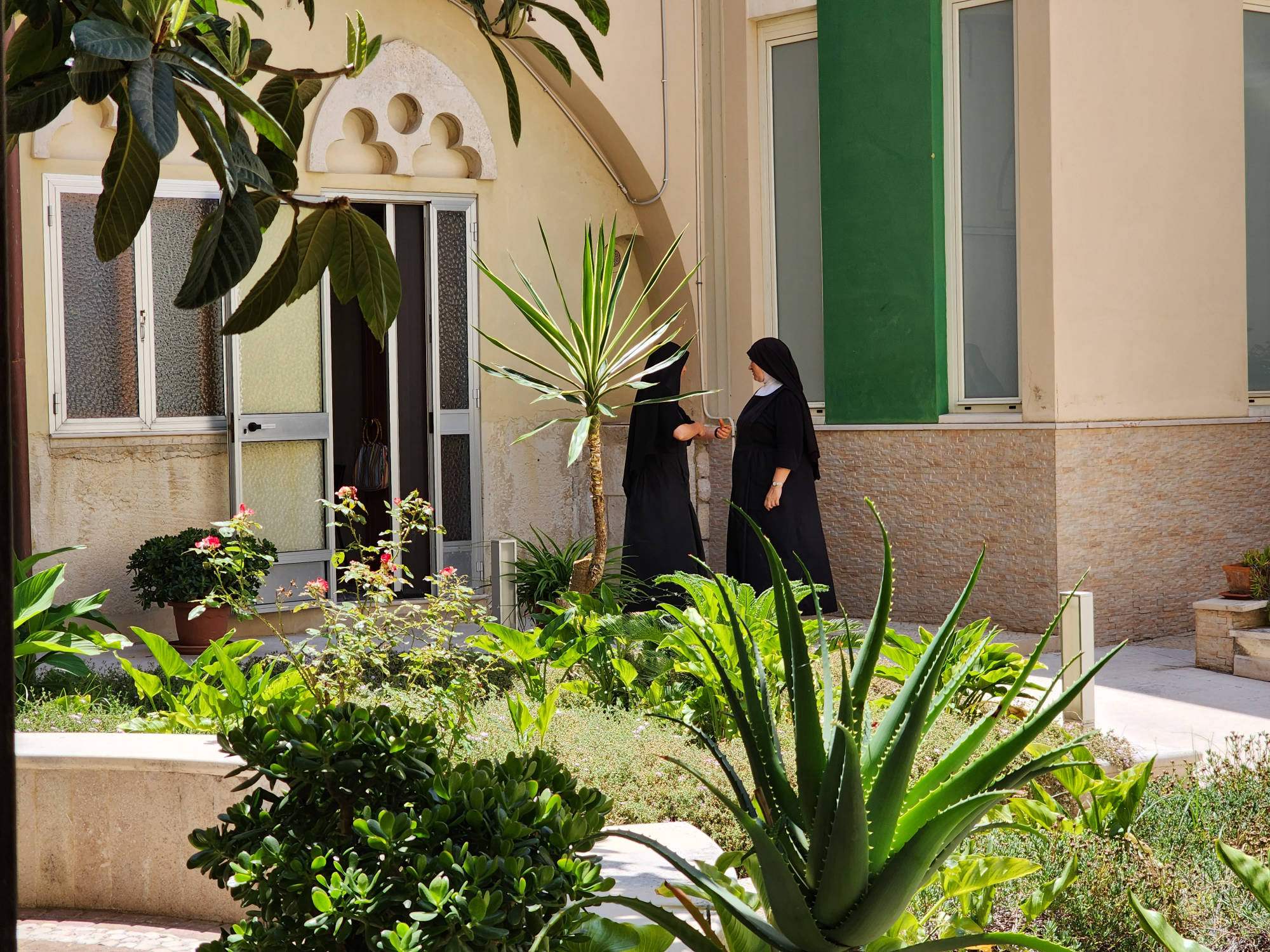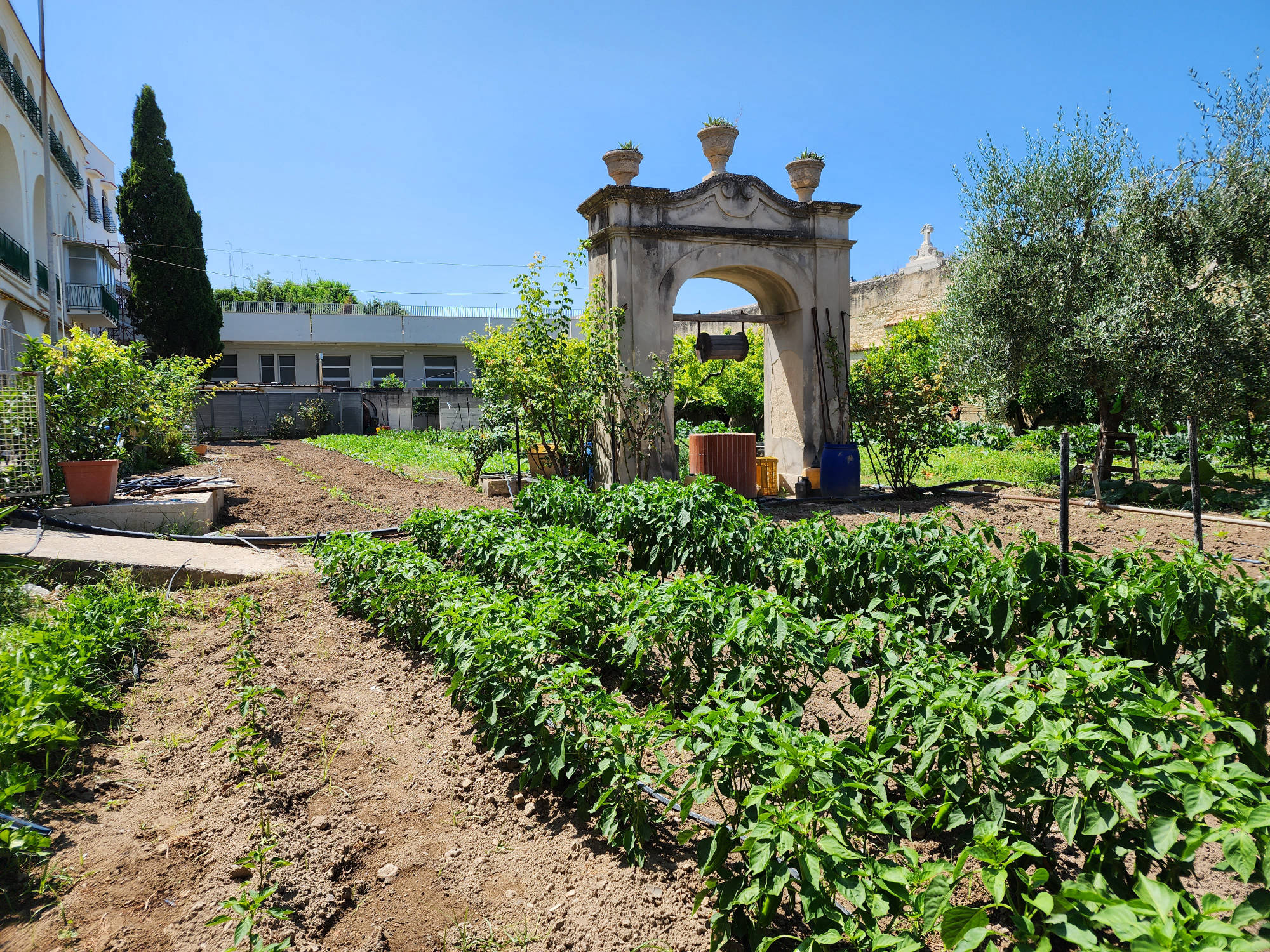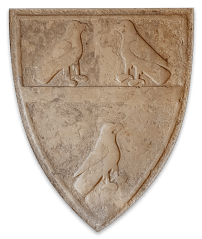The origins
The church and monastic complex of San Ruggero are located in Barletta, in via Cialdini: this road was once called ruga Carrotiarum, i.e. via delle Carrozze, an important connection route to Canne and Naples.
The first foundation of the structure that today houses the convent dates back to around 940; the building in fact dates back to the Byzantine period, and was originally built to house the execution court, or the headquarters of the Greek officers who were stationed in Barletta.
In 1071 the Normans conquered the city, with the consequential abandonment of the building, which was donated to the Church only a few years later.
